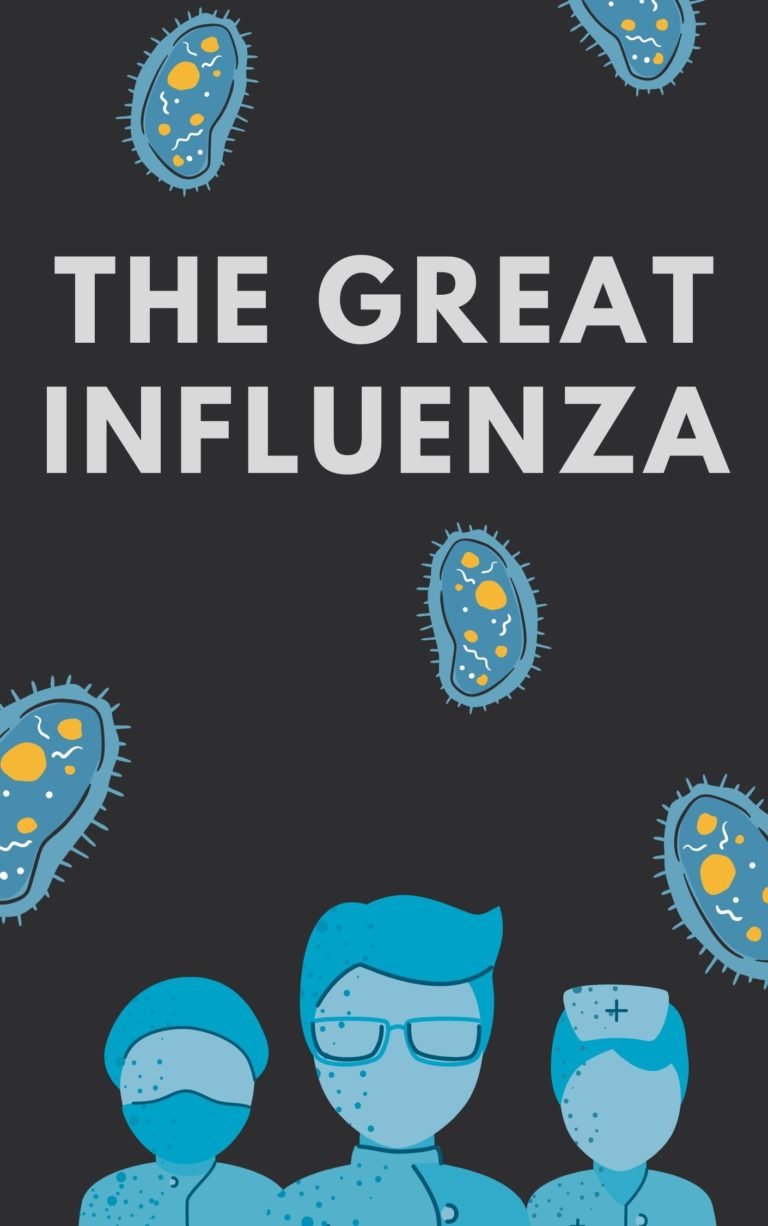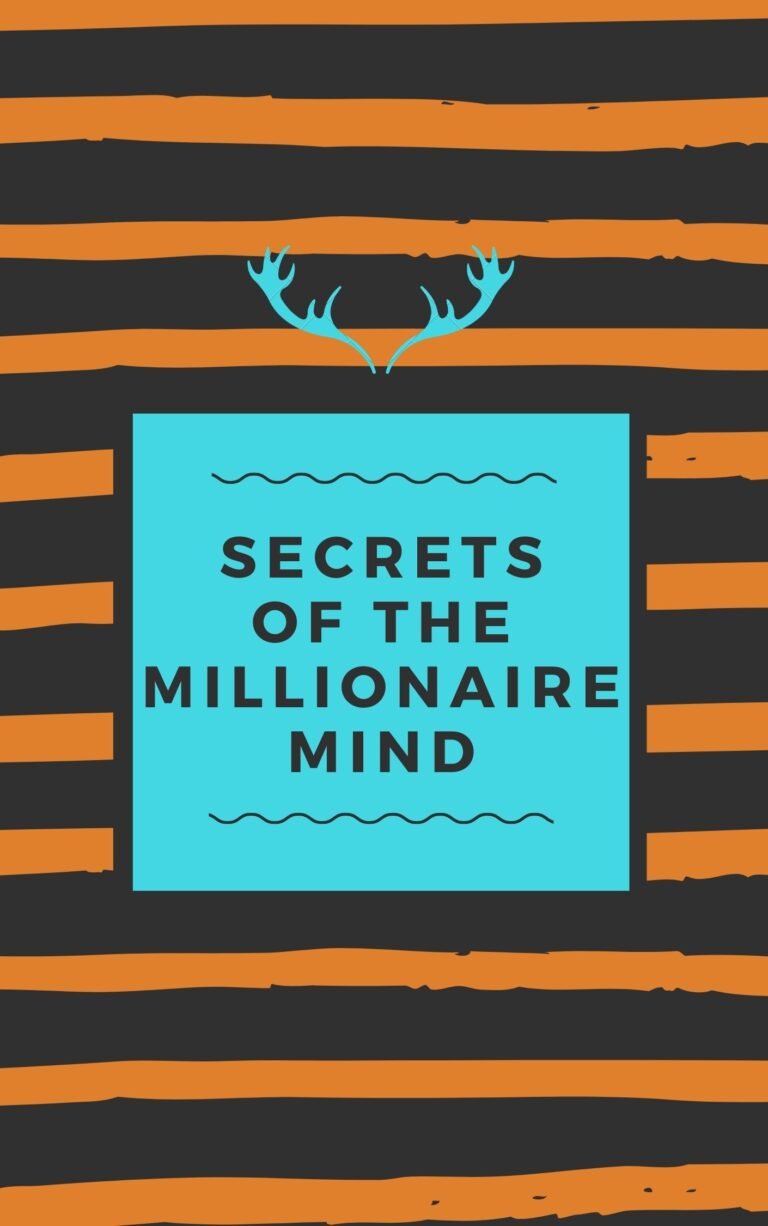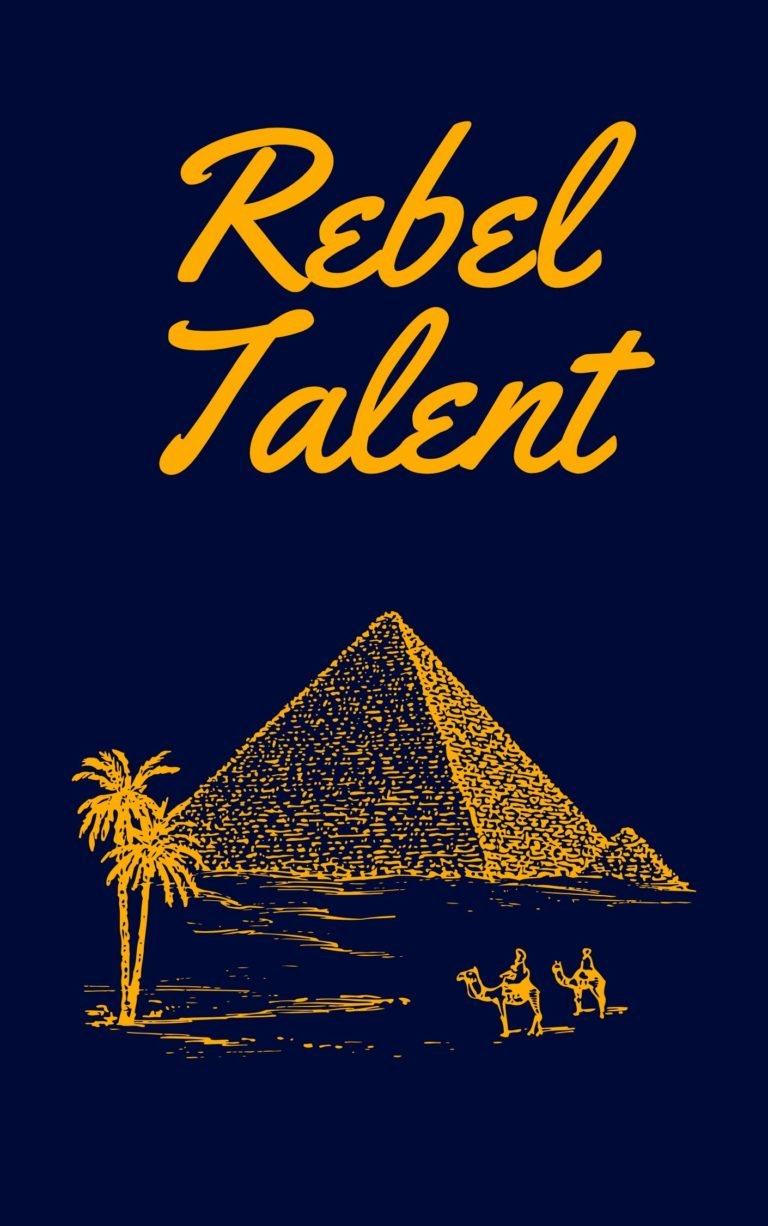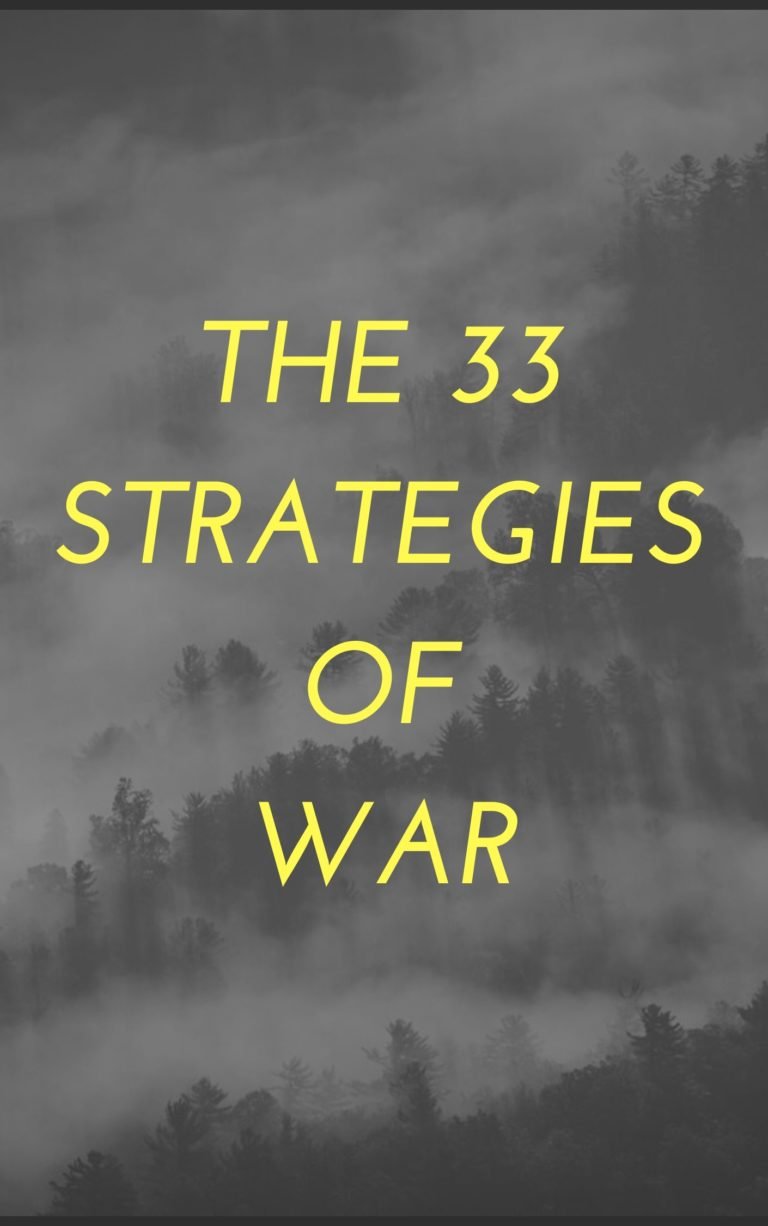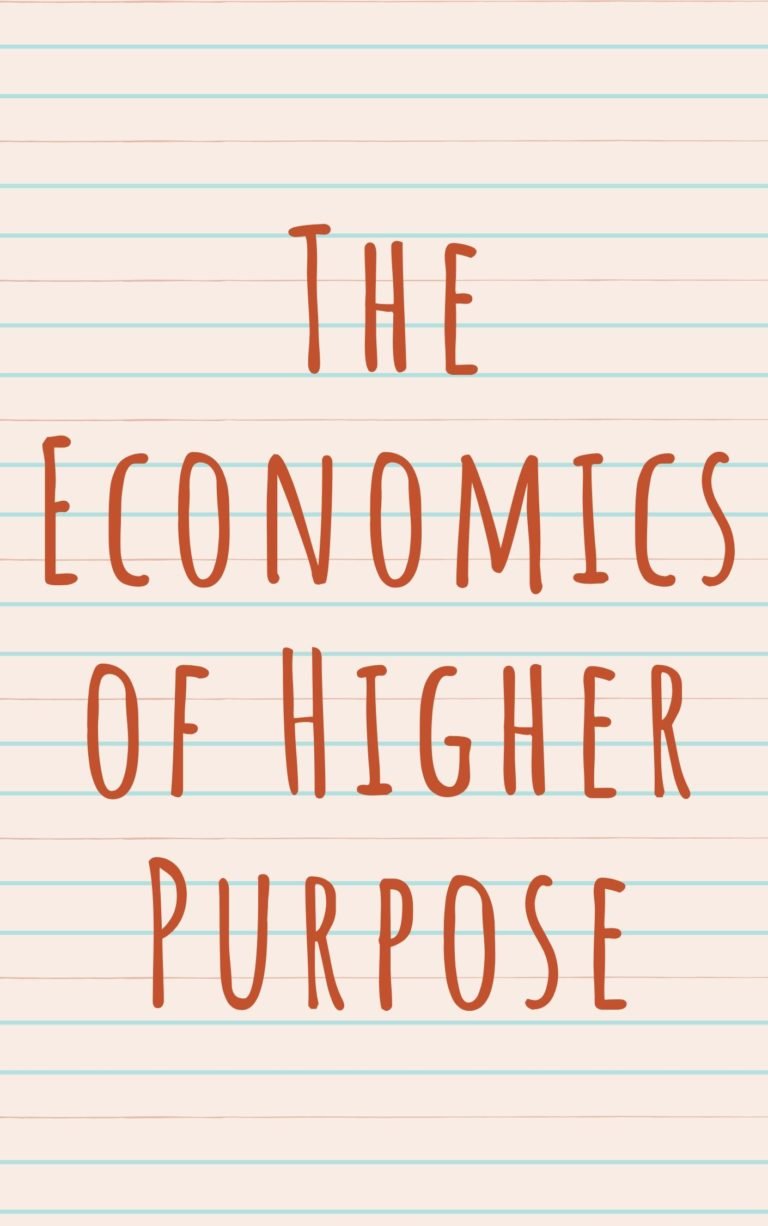On Form – Book Summary
Mike Brearley
Rating: 6.8
“A work of real substance valued for its practicality and its precision as well as its balanced humanity and insight”
-Hilary Mantel
On From Book summary is about former England, cricket captain, and psychoanalyst Mike Brearley examines many of the elements of being in and out of form across a number of different disciplines – not only in cricket and psychoanalysis but also in finance, music, philosophy, medicine, teaching, tree surgery, and drama.
Contents
Energy Excelsior
Time is not your most precious resource. Energy is. People can manage time well and still find themselves exhausted, stressed, unable to concentrate and unable to give other people the attention they merit. People use calendars, clocks, Palm Pilots and other impedimenta of time management – but how many do anything about energy management?
“Full engagement requires drawing on four separate but related sources of energy: physical, emotional, mental and spiritual.”
-On Form by Mike Brearley, Book Summary by Make Me Read
The path to power, productivity, success and satisfaction is energy management, the strategy of “full engagement.” With full engagement, you’ll spring out of bed in the morning, champing at the bit to get to work, upbeat and positive. When you leave the office in the evening, you’ll look forward to going home and spending the evening with the important people in your life, or, what the heck, maybe hanging out and having fun alone. You’ll be creative, contented, challenged and fun. If you are a manager, your employees will be delighted to follow you, because you’ll show them the road to full engagement, and help them to align their individual goals and aspirations with those of your organization.
“To maintain a powerful pulse in our lives, we must learn how to rhythmically spend and renew energy.”
-On Form by Mike Brearley, Book Summary by Make Me Read
Full engagement ought to be a bottom line priority. Companies incur trillions of dollars of unnecessary costs merely because 70% of Americans are less than fully engaged at work. And the longer people stay in a job, the less engaged they are!
When top athletes were coached in full engagement, they learned to perform at the top of their games. This training didn’t show athletes how to hold a racket or skate. It taught them to manage their energy and get results.
“Because we have overridden the natural rhythms that once defined our lives, the challenge is to consciously and deliberately create new boundaries.”
-On Form by Mike Brearley, Book Summary by Make Me Read
Today, the same principles work for “corporate athletes,” who benefit from the same four basic energy management principles:
Energy has four dimensions: body, emotion, mind and spirit. Draw energy from each. Every one is necessary, but no single one is sufficient.
Rhythmically balance stress and rest.
Push beyond your limits systematically. Building “mental, emotional and spiritual strength” is very much like building physical strength. No pain, no gain.
Use energy rituals.
“In short, money may not buy happiness, but happiness may help you get rich.”
-On Form by Mike Brearley, Book Summary by Make Me Read
Change comes in three steps: defining the goal, examining where you are and taking action. First, define what you want to become – your purpose. Look at how you spend your energy now. Then act, build a plan and establish rituals to help you use energy positively.
Rhythm
Flavius Philostratus trained athletes in ancient Greece. He was the first to discover, or at least to write down, the benefits of a rhythmic workout pattern – exertion followed by rest. The idea is simple: the body uses biochemical resources when it works, and must rest to replenish them. When athletes have trouble, it is usually because they trained too much or not enough.
“Making changes that endure is a three-step process that we call Purpose-Truth-Action.”
-On Form by Mike Brearley, Book Summary by Make Me Read
The same principle applies to daily life. Too much energy spent, with insufficient rest and recovery, leads to trouble. Too much rest, with not enough energy spent, also leads to trouble. Full engagement depends on balancing, or oscillating between, rest and recovery, recovery and rest. No wonder. The whole universe is rhythmic and oscillating: sunrise, sunset; high tide, low tide; full moon, new moon. The heartbeat is rhythmic. Even sleep is rhythmic.
“Our most fundamental need as human beings is to spend and recover energy.”
-On Form by Mike Brearley, Book Summary by Make Me Read
Top competitors in tennis have routines, habits that allow them to recover between points in a match. Their heart rates may drop as much as 20 beats per minute between points. They regain energy in these recovery rituals. Top business professionals do the same thing. Wink Communications president Maggie Wilderotter goes on “lion hunts,” prowling around her office asking people what they’re doing. This lets her relax while connecting with her employees. Herman Miller executive vice president Bill Norman doesn’t use voice mail or a cell phone. He is an amateur nature photographer who says his time off helps him develop his intuition. Another executive takes a bag lunch so she can eat in a park near her office and have a restorative interlude with nature to break up the business day.
“We are oscillatory beings in an oscillatory universe. Rhymicity is our inheritance.”
-On Form by Mike Brearley, Book Summary by Make Me Read
Although rest and relaxation are necessary, our contemporary world by and large condemns it, and exalts the destructive 24/7 instead. Our bodies aren’t machines, but we treat them as such. E-mail is particularly insidious. An America Online survey conducted in 2000 revealed that 47% of its customers brought laptops on vacation, and more than a quarter logged on daily to see their e-mail. We need a “Sabbath.” Too much work may be an addiction. The adrenaline high is alluring. But it can also be fatal. The Japanese word “karoshi” means “death from overwork.” The first reported case surfaced in 1969; now, Japan reports around 10,000 a year. Five factors crop up again and again in “karoshi” cases: long hours without regular rest, nocturnal work, skipped holidays and breaks, unremitting pressure, and both physical and mental job stress. Such stress isn’t all bad, of course. To make a muscle grow, you have to stress it beyond its usual activities. The rhythmic oscillation of stress and rest is healthy.
Physical Energy
It begins in the body. Even if you are desk bound, you need physical energy, which depends fundamentally on breathing and eating. Both need to be balanced. Breakfast is the most important meal of the day – it gets blood sugar levels up and kick-starts the body’s metabolic functions. Then, there’s water. By the time you feel thirsty, you’re already dehydrated. Dehydration saps strength and energy. Drink at least two quarts of water a day. Australian research discovered that people who drank just 40 ounces of water a day were less apt to die of heart disease than those who drank 24 ounces or less.
“We grow at all levels by expending energy beyond our normal limits, and then recovering.”
-On Form by Mike Brearley, Book Summary by Make Me Read
You also need plenty of sleep, and it is better to sleep at night. Nocturnal work is hard on the body and hard on the task. The worst industrial disasters of recent times happened at night. Night workers have more heart trouble than day workers. Sleep researchers find that workers who take frequent naps can keep alert and productive even without long, uninterrupted sleep.
“The longer, more continuously, and later at night you work, the less efficient and more mistake prone you become.”
-On Form by Mike Brearley, Book Summary by Make Me Read
Our bodies operate on rhythms that cycle every 90 to 120 minutes. Most of us have an energy ebb tide in the late afternoon (hence the traditional siesta). NASA found that a 40-minute nap improved performance 34% and boosted alertness 100%. Add exercise to this bodily rhythm, since exercise affects energy. Interval training, short exercise periods alternated with short rest periods, is the most effective. Even quick aerobic spurts of a minute or less followed by rest can boost your energy levels considerably, along with improving fitness, heart rates and mood. Don’t use only cardiovascular exercise; also work to build strength.
Emotions
Emotional energy expresses itself in self-confidence, self-discipline, sociability and empathy. Negative emotions such as frustration, anger, sorrow or fear are literally toxic. It’s possible to build positive emotions, just as it’s possible to build muscles. Too few people treat their pleasures as if they were really important – but pleasure is crucial. Nothing should be allowed to interfere with it. Positive emotional energy comes from doing things you enjoy. But the quality and depth of pleasure matters greatly. Watching television may seem relaxing, but it’s like eating potato chips – not filling or lasting.
“Emotions that arise out of threat or deficit – fear, frustration, anger, sadness – have a decidedly toxic feel to them and are associated with the release of specific stress hormones, most notably cortisol.”
Relationships build emotional energy. Friendship is critical, and even affects job performance. Those with one good friend at work perform better. Time taken for relationship building, friendship and love isn’t time stolen from life’s necessities. It is one of life’s necessities. Practice listening to people and empathizing.
“A single negative thought is what gets you hit in the face.” – Ray ”Boom Boom” Mancini
Be aware that:
- Pleasure builds performance, but negative emotions take a toll on performance.
- Self-confidence, self-discipline, sociability and empathy generate emotional energy.
- Effective leaders can bring up positive emotions at times of stress.
- Balance exercise and recovery in emotional as in physical training.
- Find something you enjoy and do it.
- Push past your limits, rest, then push again.
Mind
Physical energy and emotional energy help mental functioning. Mental, physical and emotional energy interact. Studies have demonstrated the correlation between productivity and positive thinking, which generates mental energy. The most successful salespeople have what one psychological researcher calls an “optimistic explanatory style.” Of course, thinking takes time. Most jobs don’t build in time for rest, workout breaks and thinking. They should. People get their best ideas when they are on breaks, resting, jogging, gardening or just daydreaming.
“’The greatest geniuses,’ da Vinci told his patron, ’sometimes accomplish more when they work less.’”
-On Form by Mike Brearley, Book Summary by Make Me Read
The five stages of creativity – insight, saturation, incubation, illumination and verification – take time. Build downtime into your day, and allow your employees to do the same. Good leaders husband the energy resources of their people and their organization.
Remember these points about mental energy:
- Organization and attention depend on mental ability.
- Optimistic realism is the best mental attitude.
- Prepare, visualize, encourage yourself, manage time and create.
- Change from one activity to another to exercise different parts of your brain.
- Physical exercise is important to mental capacity.
- In mental training, as in physical training, exercise and then rest.
- Mental challenges slow age-related mental deterioration.
Spirit
Spiritual energy depends on taking care of yourself and others. The most important spiritual “muscle” is character: doing what your values tell you is right, even when it costs you. Spiritual energy heals. Actor Christopher Reeve said it saved his life after a riding accident paralyzed him. He thought of suicide, but decided to live to be with his family and to help others suffering from neurological damage. Examples abound of people who transcended their ordinary limits because they wanted to help others.
The critical facts of spiritual life are:
- Spiritual energy makes everything else possible, it’s the source of passion, fortitude and commitment.
- Spiritual energy requires selflessness.
- Spiritual energy stewardship depends on exercise and rest.
- Spiritual work can both expend and renew energy simultaneously.
- Spiritual development requires going past the limits.
- The spirit can be stronger than the body.
Training
Training for full engagement involves purpose, self-examination and established rituals.
- First, define what your life is about, your purpose. Be positive and unselfish.
- Second, examine yourself. Create a baseline by identifying how you now use your energy.
Face facts squarely. Rituals are actions you take by plan or schedule that build good habits and break bad ones. Be precise, specific and positive. Be moderate. Chart the course and examine yourself each day, so you see how well you are doing.
Check out Make Me Read for summary of the best business books.
Don’t forget to check us out of Facebook, LinkedIn, Instagram, Twitter, and Medium.

